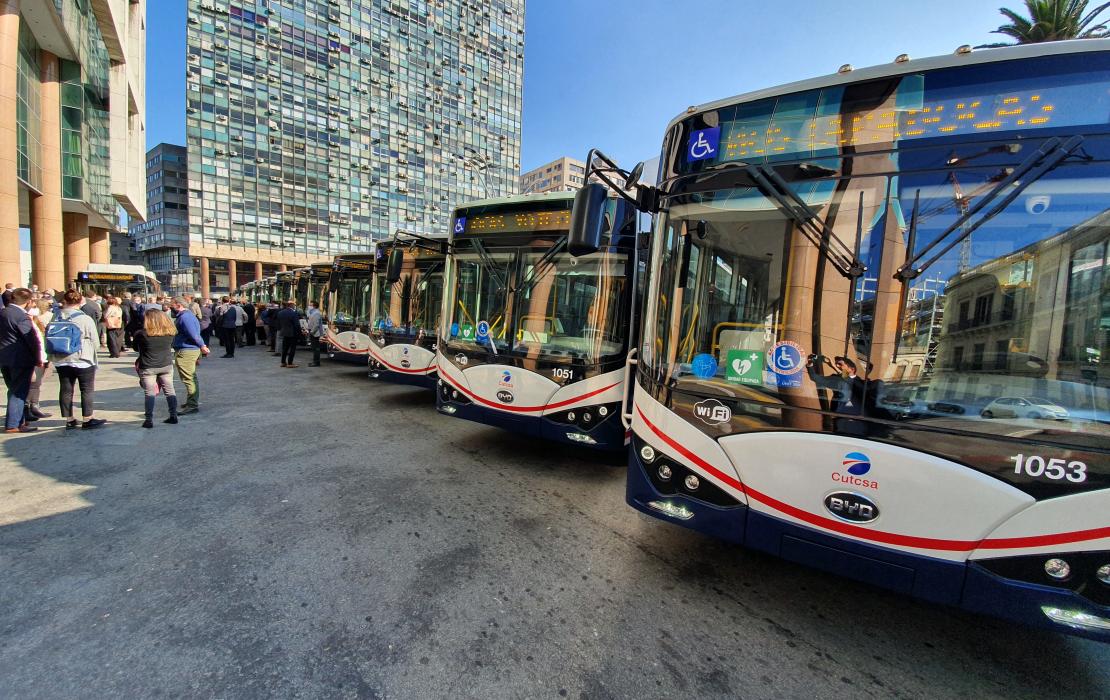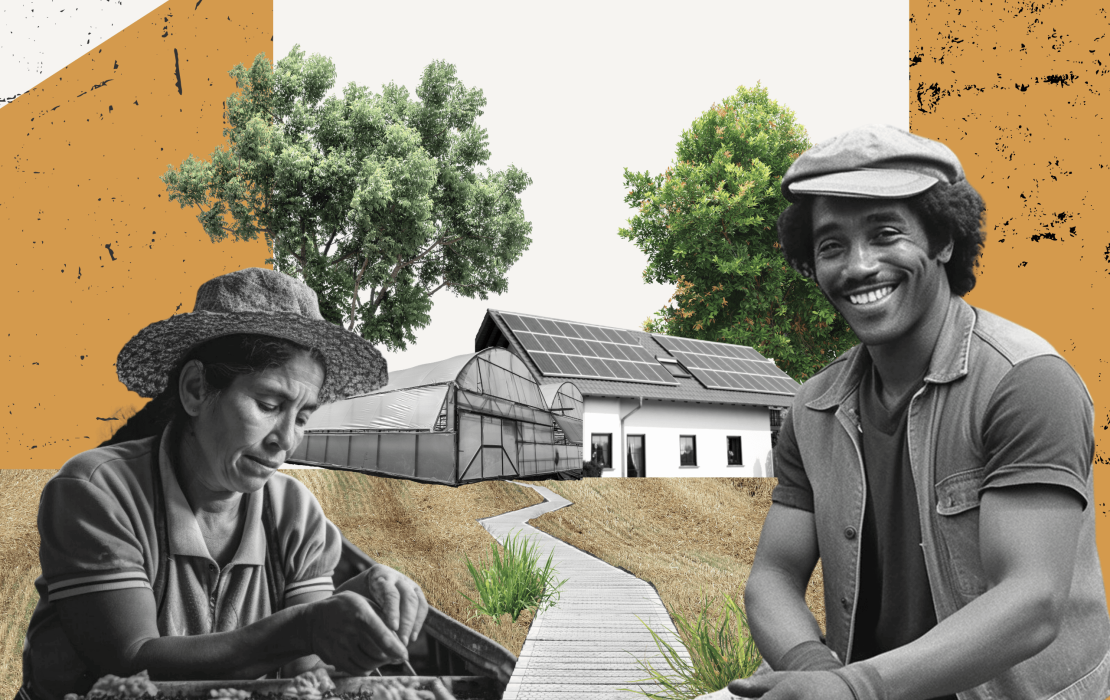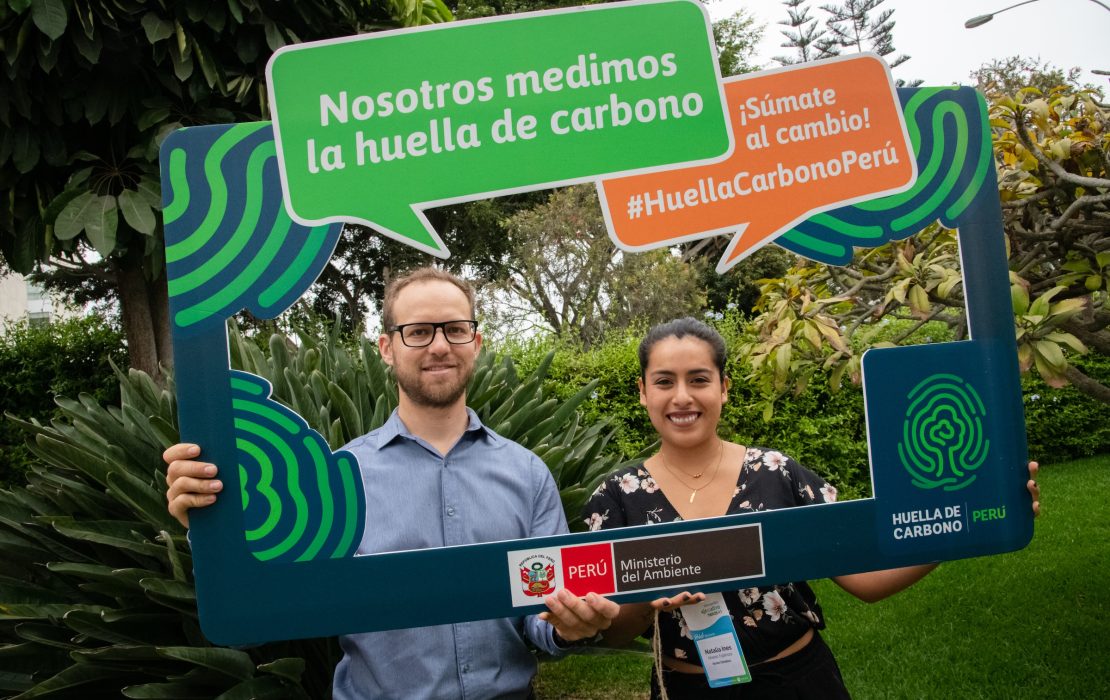
Photo: Bruno Ferreiro / UNDP Paraguay
The latest IPCC report reminds us that we need to reduce at least 40 percent of global greenhouse gas (GHG) emissions by 2030 to limit the planet’s temperature rise to 1.5 °C. We have already reached 1.1 °C, so we must act fast.
The transport sector is the greatest source of GHG emissions in Latin America and the Caribbean (LAC), representing almost 39 percent of total emissions. Particularly in a region where 80 percent of the population lives in cities, the sector is also a major source of pollution and contributes to health issues.
The region has the advantage of having one of the cleanest global energy grids, with 45 percent of energy production derived from hydropower. However, investments in renewable energy have not progressed much within the last 20 years and the share of clean energy is now shrinking.
There is great potential in the region to grow solar energy capacity, by a factor of 40 by 2050, but in some cases, issues related to energy storage or transmission lines are slowing down progress. Green hydrogen combined with solar energy generation presents an opportunity for LAC not only as an “energy storage” solution in remote areas, but also to accelerate the transition to low-emissions transport.
Countries like Costa Rica and Paraguay are clear examples of the potential the region carries. Although virtually all its energy is generated from renewable sources, in Costa Rica, 42 percent of total GHG emissions come from fossil fuel-based vehicles. In Paraguay, 89 percent of the total energy sector emissions are related to transport.
In a nutshell, the issue of transport is often seen as a challenge, but it can also be seen as an opportunity when looking for a way to reduce emissions quickly across Latin America and the Caribbean.
What is the progress on low-emissions transport in the region so far?
Nationally Determined Contributions (NDCs) are countries’ pledges and plans to address climate change under the Paris Agreement. Considering transport contributes to a significant proportion of emissions, the sector is key to achieving the region’s goals of the Paris Agreement.
The news is positive: Out of the 25 countries supported by UNDP’s Climate Promise in LAC, 20 have included low-emissions transport strategies in their NDCs. Moreover, all Long-Term Strategies (LT-LEDs) submitted by countries in LAC to the UNFCCC consider low-emissions transport as a key sector for achieving decarbonization.
An internal UNDP analysis of the updated NDCs shows that the most committed countries to electric transport currently are Chile, Colombia, Mexico and Uruguay.
Chile and Colombia are among the countries that have made the most progress worldwide, with an electric fleet of 1,223 buses and 3,000 light vehicles in Chile and around 1,589 buses and 6,500 light vehicles in Colombia.
In Uruguay, UNDP has been supporting the government since 2007 in its energy transformation. Today, 97 percent of the country’s electricity is generated from renewable sources, but transport is the leading sector in terms of the country’s CO2 emissions (41 percent). UNDP has supported the initiative “Movés”, which gave support to local institutions to set the conditions for more sustainable mobility.
In the Caribbean, Barbados is leading the way in terms of electric vehicles per capita in the region. Governments are implementing incentives to reduce emissions and electrify the transport section, recognizing the vast socio-economic benefits that are associated with this transition.
Belize is aiming to deploy 30 hybrid and electric buses by 2030 and is conducting a feasibility study for the adoption of EVs in their passenger fleet.

Photo credit: UNDP Uruguay
Photo credit: UNDP Cuba
Speeding up the NDCs in Latin America and the Caribbean
Very recently UNDP’s Climate Promise and UNDP's Sustainable Energy Hub hosted an international exchange, which included the 20 countries in LAC that consider low-emission transport in their NDCs. The exchange shared experiences from two Asia Pacific countries: Viet Nam and Maldives. Participants gathered in Santiago, Chile to discuss the opportunities, challenges and bottlenecks that they face to achieve the transition in the transport sector, with the support of the Government of Japan.
Some of my takeaways from the exchange below:
- The transport sector can spark an increase in the share of renewable energy, pushing for solar, wind, geothermal or hydro in remote areas for the production of green hydrogen.
- There is a variety of solutions for electric transport (e-mobility): Battery Electric Vehicles (BEVs), Hybrid Electric Vehicles (HEV), Plug-in Hybrid Electric Vehicles (PHEV), and particularly Fuel Cell Electric Vehicle (FCEV). Each one has its own advantages and disadvantages, depending on the specific context. EVs must be clearly differentiated, as there are enormous differences and implications in their infrastructure requirements, correlated impacts and absolute benefits for GHG emissions mitigation.
- What works for one country might not necessarily work for another. The LAC region is extremely complex, with diverse resources, geographies and climates, which means that solutions must be adapted to each local context and needs, whether it is focusing on freight, public transport or light vehicles.
- Transitioning to electric mobility requires a significant assessment of “collaterals”. None of the participating countries are considering recycling at the end of the life cycle of BEVs. This poses a relevant environmental risk that must be carefully considered in national strategies.1 BEV requires 90 times more lithium and 6-7 times more copper than other EVs. This alone puts severe pressure on mining and its impacts in the region, which holds 70 percent of global lithium reserves.
- We need to go beyond simply switching to low-emissions vehicles and re-consider how we think about transportation and urban planning. The vast majority of the population in the region lives in cities, which have an average commute time of around 100 minutes. We can’t just switch to an e-vehicle traffic jam, urban planning and public transport solutions are key in the transition strategy.
- A just transition is crucial and must be at the centre of policies and plans for phasing out fossil-fuel subsidies.
- Access to finance remains a bottleneck for the energy transition in all countries, but fossil fuel subsidies reforms could provide various innovative entry points. Many countries are exploring finance tools to assess necessary investments and identify sources of financing. Although projections show that investing in renewable alternatives has long-term economic benefits, more work is needed to trigger those investments.
What’s next?
UNDP is developing a stocktake of the current plans and progress of countries in LAC to implement low-emission transport pledges. The analysis aims to exemplify successful initiatives, identify barriers, policy needs, and any other relevant issues including social impacts, benefits, and awareness. A publication capturing the stocktake will include learnings from the international exchange in Santiago and will allow all Paris Agreement supporting organizations in the region to better understand what is needed moving forward.
It is encouraging to see the potential and the efforts that countries are making to drive change to achieve the Paris Agreement. As UNDP, we see many concrete opportunities available to accelerate the transition of the transport sector in the region. There is no doubt that a substantive transition can be materialized fast with the right support.




